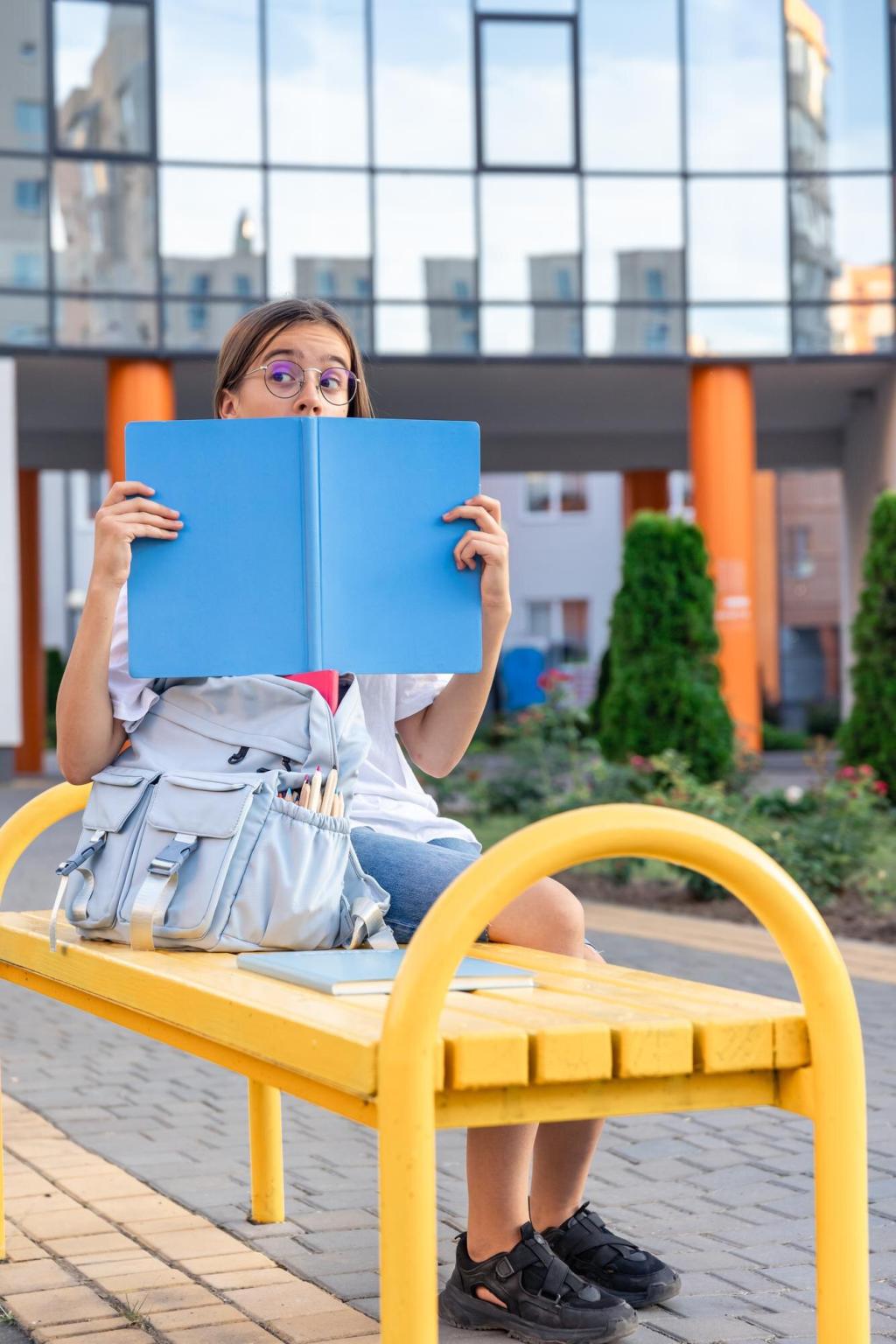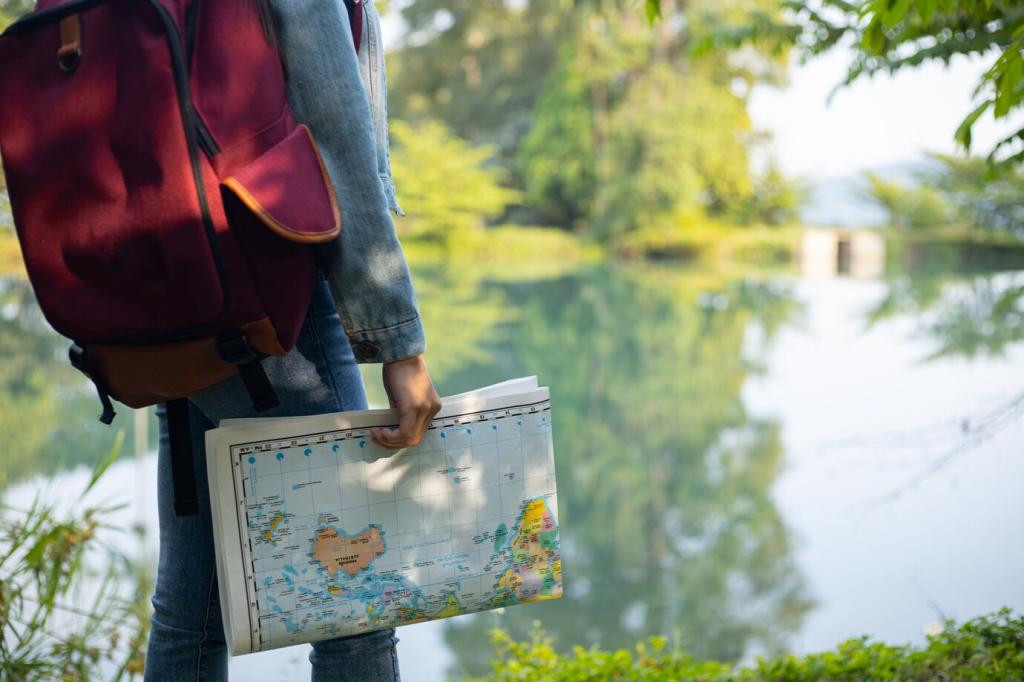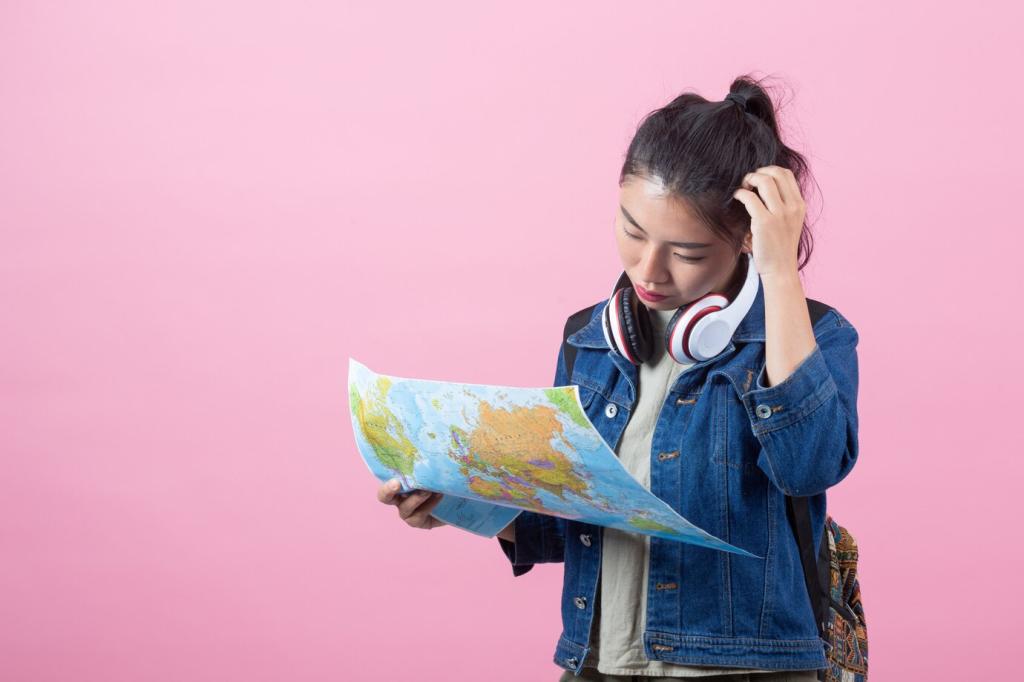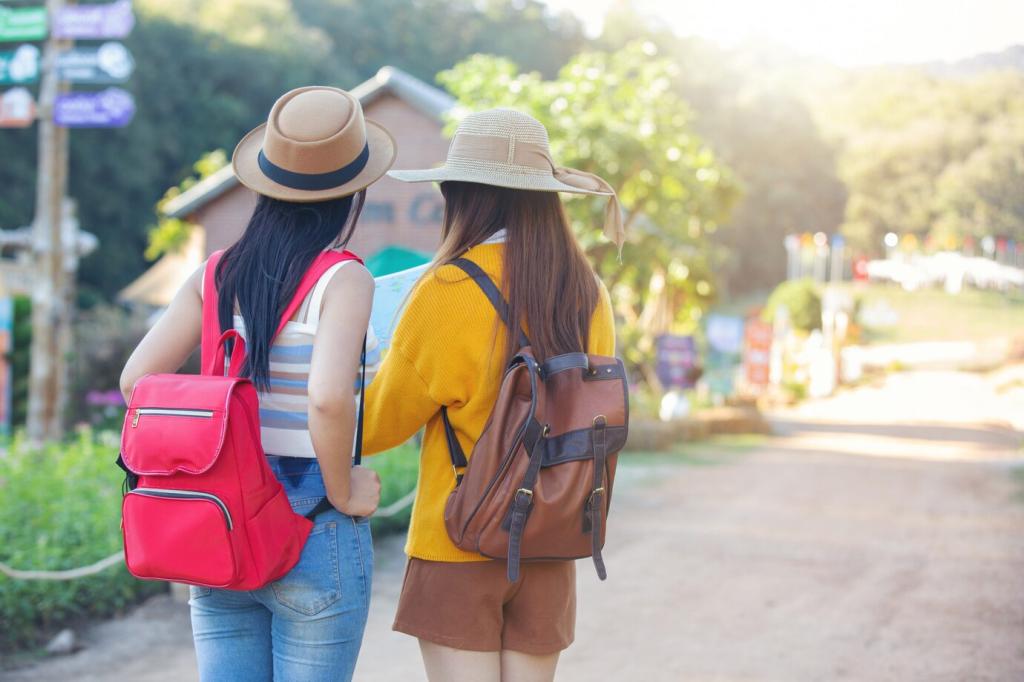Student Voices: Real Stories from the Galleries
One eighth-grader stared at the Wright Flyer, whispering, “Someone believed this would work.” His exit ticket connected courage to design thinking. Share your students’ moments in the comments to inspire the next group’s leap.
Student Voices: Real Stories from the Galleries
A shy ninth-grader copied a single brushstroke from Van Gogh, then wrote, “I can’t control everything, and that’s okay.” She later led a peer workshop on expressive mark-making. Subscribe for prompts that nurture reflective, creative confidence.





